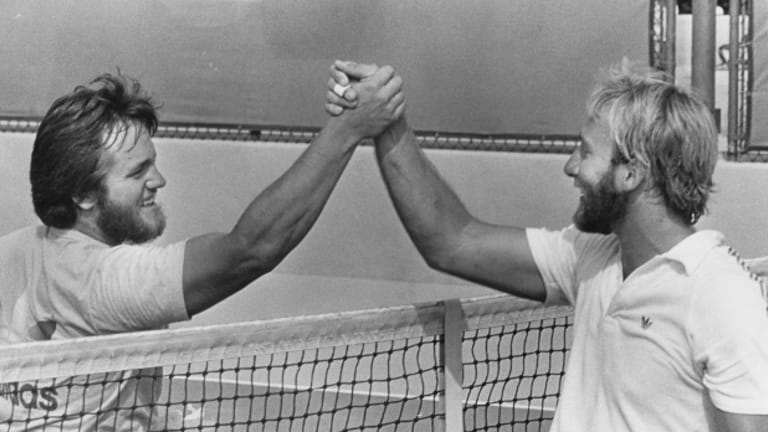This year marks the 50th anniversary of TENNIS Magazine's founding in 1965. To commemorate the occasion, we'll look back each Thursday at one of the 50 moments that have defined the last half-century in our sport.
1976: Brad Parks tries wheelchair tennis as therapy; a new sport is born
By May 13, 2015Burning Questions: 2026
Will Novak Djokovic win a record 25th major title next season?
By Dec 25, 2025Unsung Heroes
Francisco Cerundolo is no longer just South America’s supporting act
By Dec 25, 2025Burning Questions: 2026
Which Indian Wells champ will have the better year: Jack Draper or Mirra Andreeva?
By Dec 24, 2025Facts & Stats
Carlos Alcaraz tops ATP prize money leaders for 2025 with over 21 million dollars
By Dec 24, 2025Unsung Heroes
Elise Mertens had her best season in years in 2025, but you may not have noticed
By Dec 24, 2025Style Points
Five days, a dozen looks: Inside Venus Williams' Palm Beach wedding bash
By Dec 24, 2025Social
Anna Kournikova welcomes fourth child with Enrique Iglesias
By Dec 23, 2025Burning Questions: 2026
Who is more likely to win a Slam: Amanda Anisimova or Elena Rybakina?
By Dec 23, 2025Unsung Heroes
Alejandro Davidovich Fokina's season was one to remember, even if he may opt to forget
By Dec 23, 20251976: Brad Parks tries wheelchair tennis as therapy; a new sport is born
The most far-reaching, and life-changing, product of the 1970s U.
Published May 13, 2015
Advertising
Advertising

1976: Brad Parks tries wheelchair tennis as therapy; a new sport is born
Advertising

1976: Brad Parks tries wheelchair tennis as therapy; a new sport is born